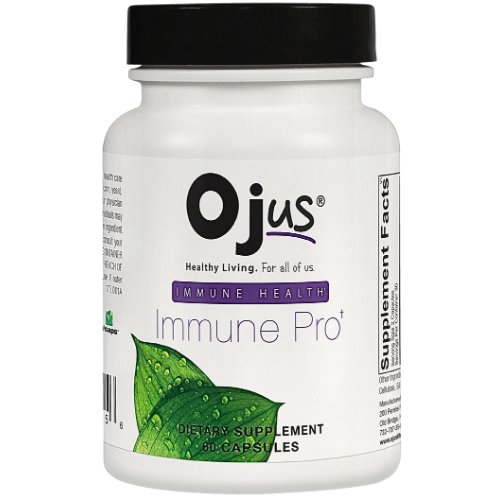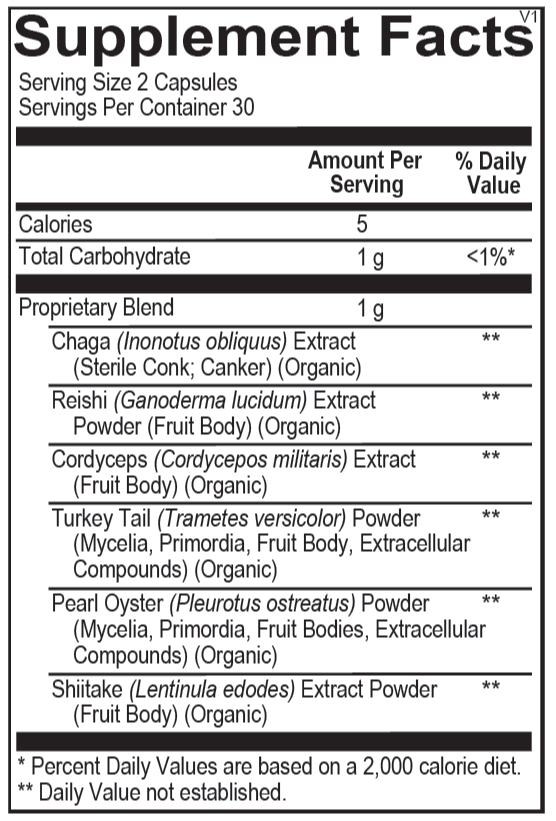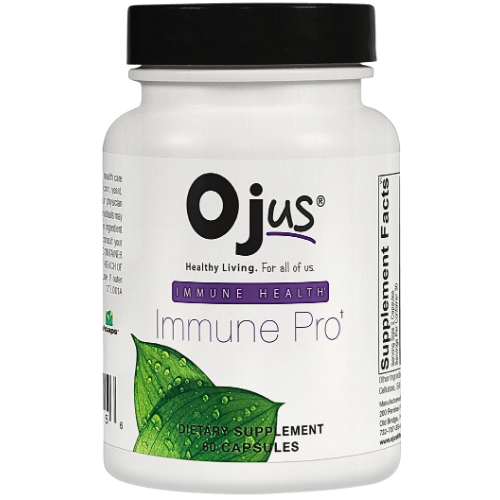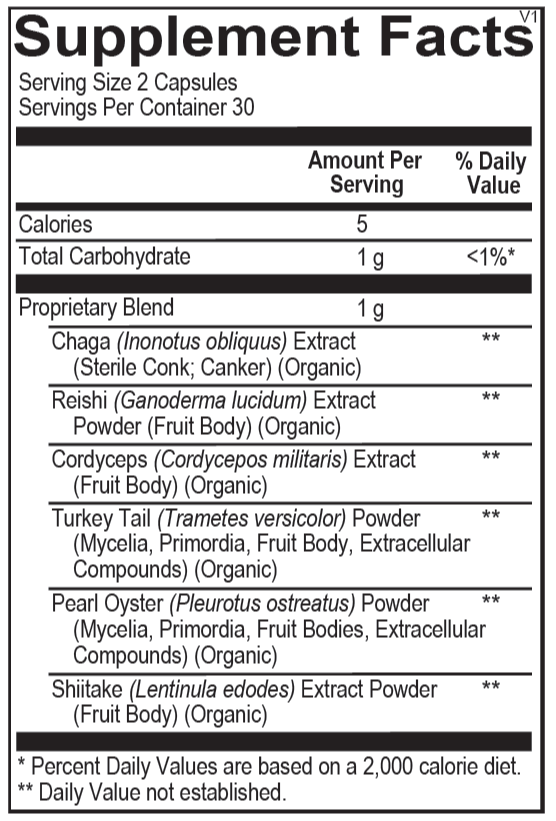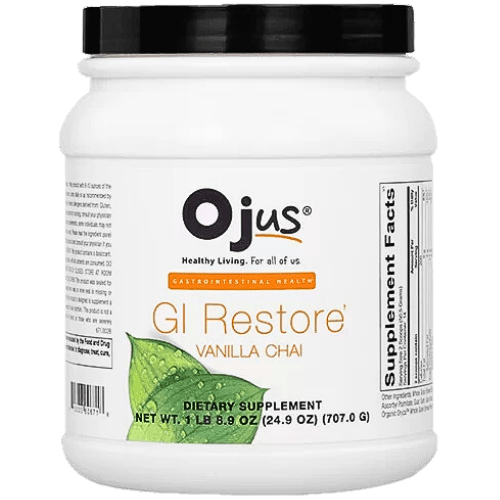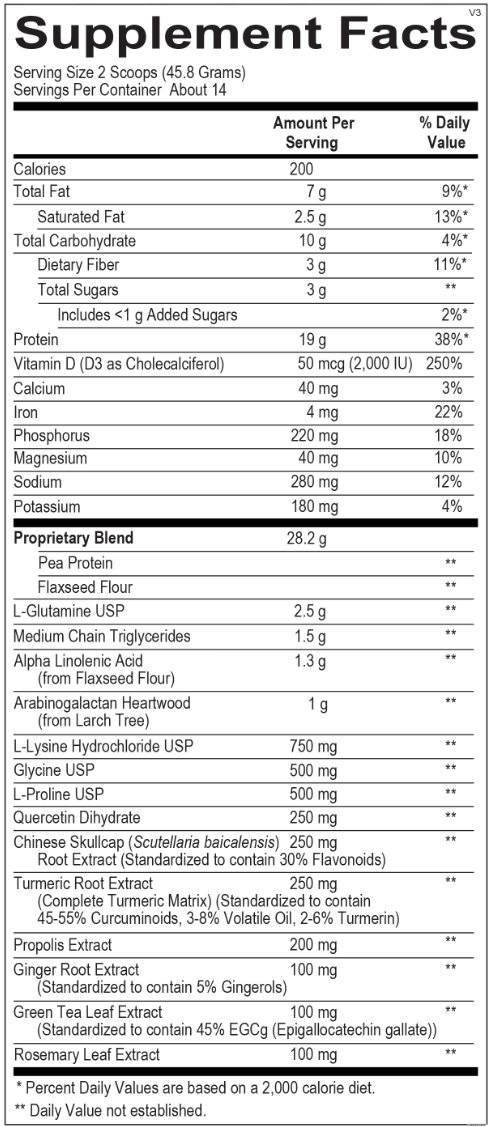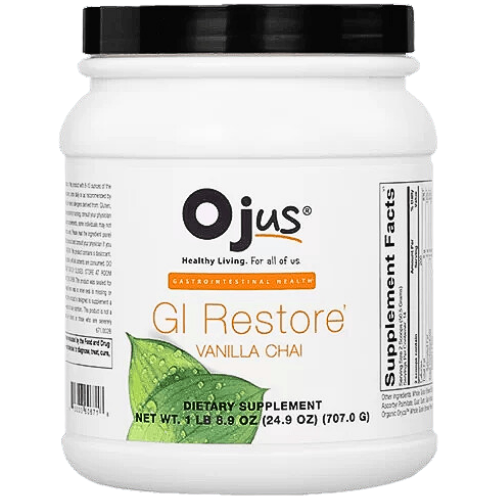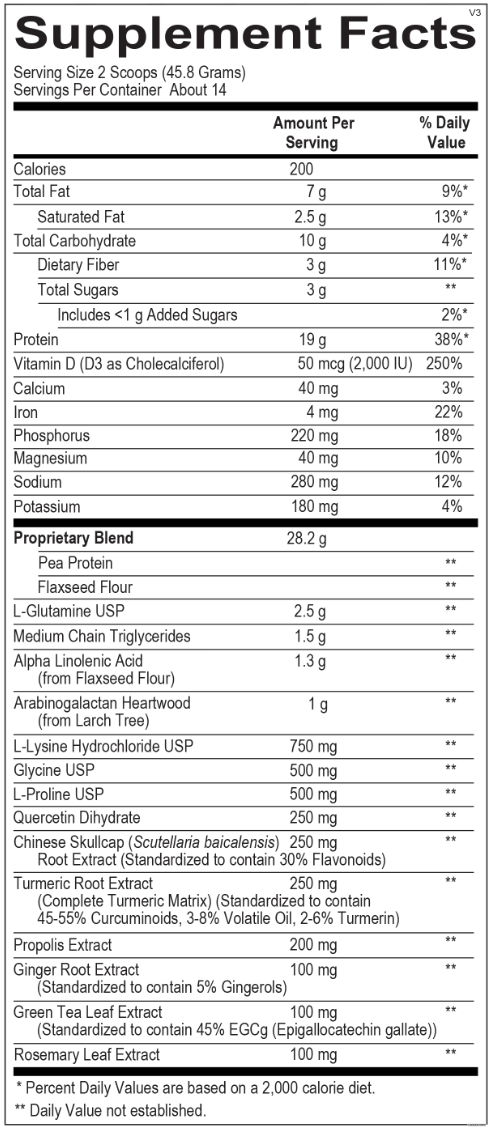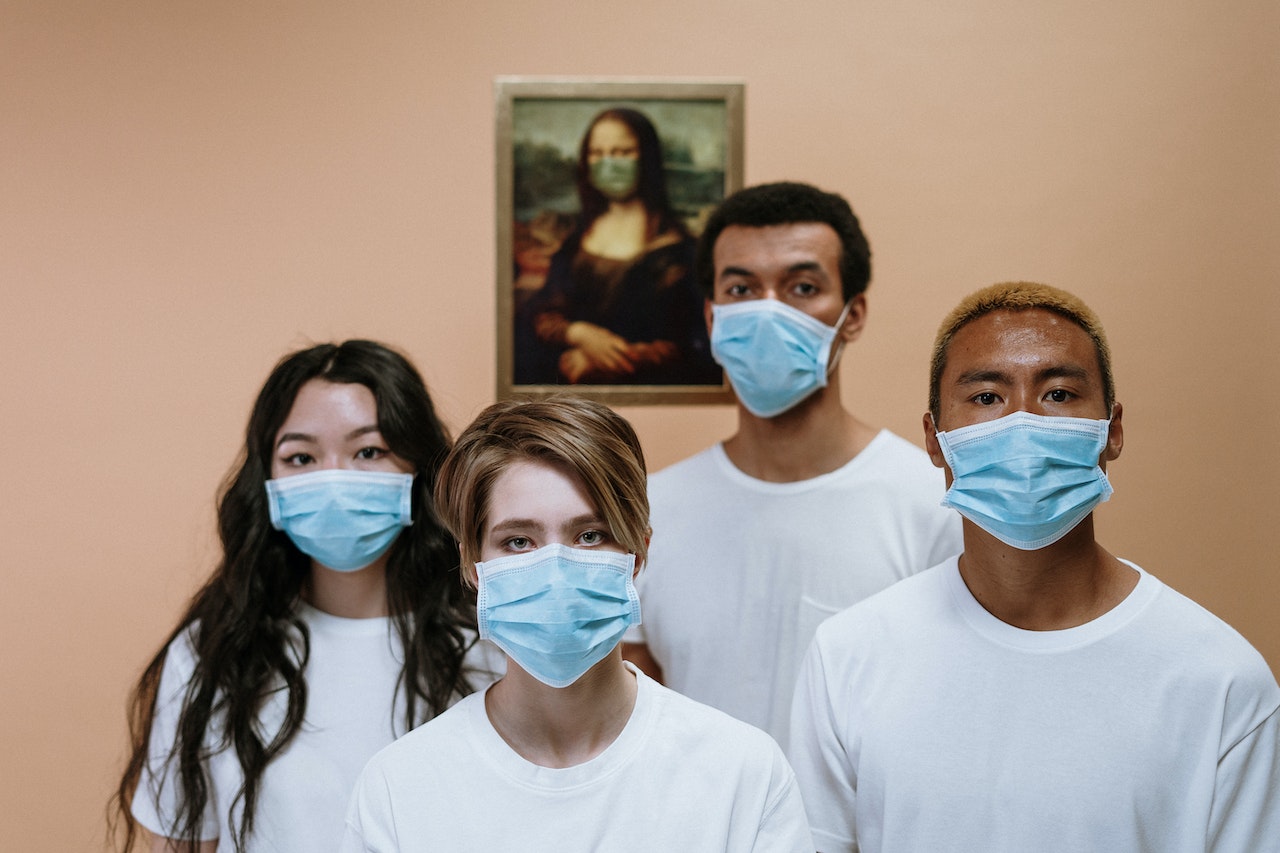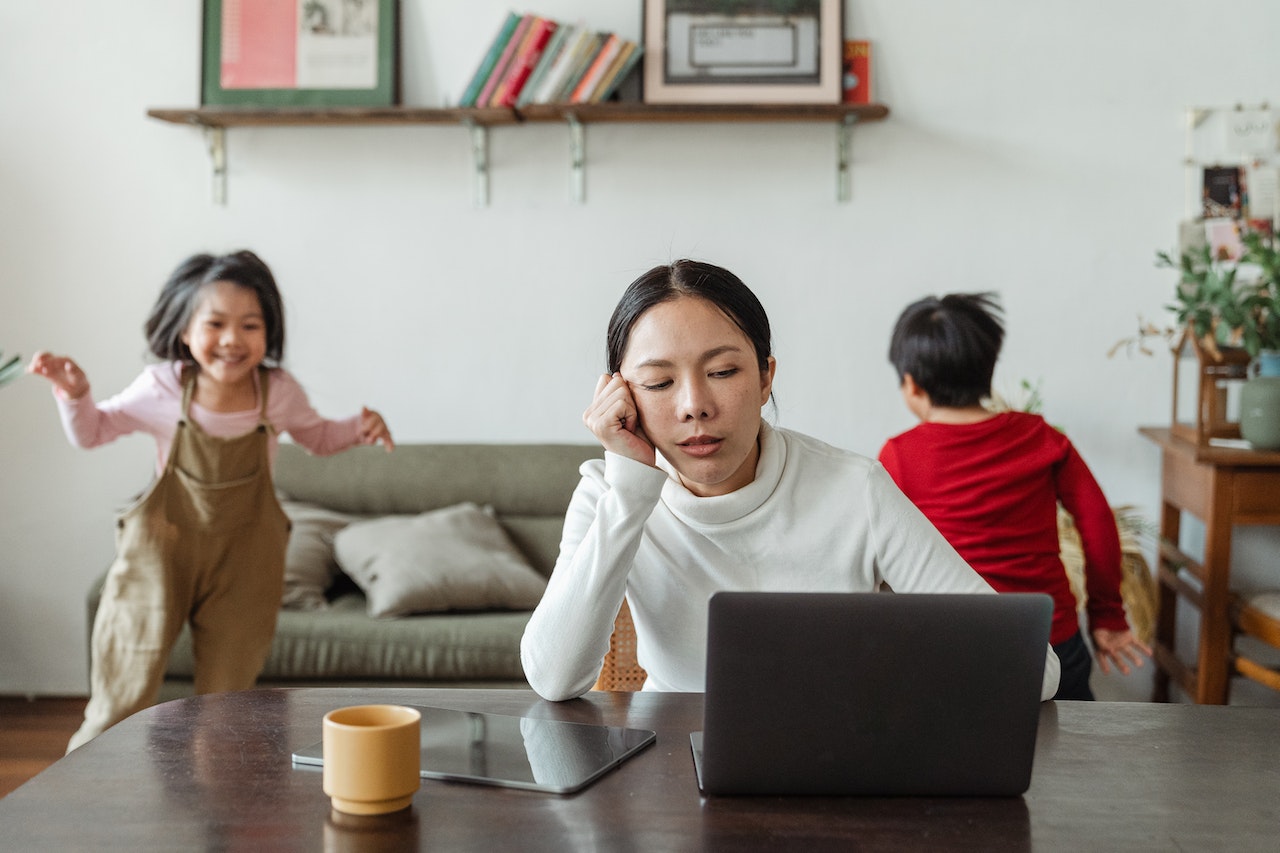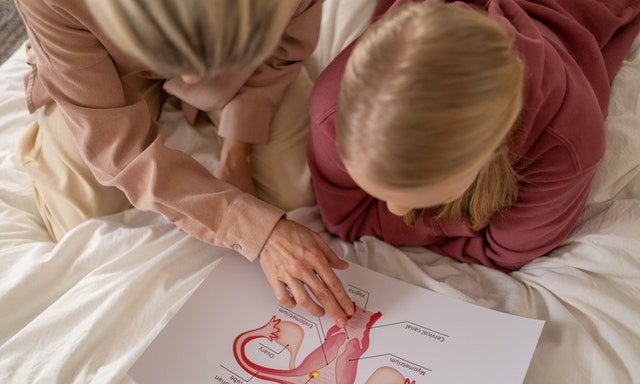
Uterine Fibroids
Dr Anita NischalTable of Contents
| As per the latest statistics, approximately 40 to 80% of women in the US suffer from Uterine Fibroids. Nevertheless, many women do not experience any signs of Uterine Fibroids, so they do not realize they have fibroids. |
Uterine Fibroids or Fibrosis Uterina are extensions composed of muscles and connective tissue attached to the walls of the uterus. They are typically not hazardous but can cause pain, severe bleeding, and difficulties with fertility or pregnancy. Besides, you have a greater possibility of getting Fibrosis Uterina if any of your family members suffer from Uterine Fibroids (especially your mother). Consuming red meat and obesity are the other two potential causes of Uterine Fibroid Pain.
This fiber in the uterus can occur at any age, but chances increase as you get older. Fibrosis Uterus is more prevalent among the age group 30-40. There are numerous spots both inside and outside of your uterus where fibroids can flourish. Fibroids can differ a lot in size, shape, and place and can appear in your uterus, uterine wall, or on its surface.
Definition of Uterine Fibroids
Fibrosis Uterina is a noncancerous development of the uterus that frequently occur before the age of 50 in women. The fiber in the uterus is not linked with an enhanced danger of uterine cancer and nearly never grows into cancer.
Uterine Fibroids Pain generally arises due to irregular growths that build in or on a woman’s uterus. Occasionally these tumours turn out to be large and trigger serious abdominal pain and heavy periods. On the other hand, some fibroids lead to no signs or symptoms at all. The growths are usually benevolent, or noncancerous. The root of fibre in the uterus is unknown.
Types of Uterine Fibroids
Some of the Fibrosis Uterus is as follows:
- Submucosal fibroids: These exist within the uterine space where a baby expands during pregnancy.
- Intramural fibroids: Found inserted into the wall of the uterus itself, these fibroids are expanding inside this muscular wall.
- Subserosa fibroids: Found on the outside of the uterus and are directly linked to the separate wall of the uterus.
- Pedunculated fibroids: These fibroids are located on the outside of the uterus and are connected to the uterus with a slender stem. A mushroom-like structure as they have a stalk and a wider top.
Symptoms of Uterine Fibroids
The signs of Uterine Fibroids will be contingent on the sum of fibroids including their location and size. Also, if your Fibrosis Uterus is tiny or you are experiencing menopause, you may not observe any symptoms.
Besides, fibroids may diminish during or after menopause due to low levels of estrogen and progesterone (hormones that promote fibroid growth).
Signs of Uterine Fibroids may comprise:
- heavy bleeding between or during your periods
- discomfort in the pelvis or lower back
- enhanced menstrual cramping
- intensified urination
- pain during intercourse
- longer than a usual menstrual cycle
- pressure in your lower abdomen
- inflammation or enlargement of the abdomen.
Causes of Uterine Fibroids
The real cause of fiber in the uterus are still unknown, but research point to these aspects:
- Genetic problems: Many fibroids are genetic and can occur in your body with regular uterine muscle cells.
- Hormones: Estrogen and progesterone are two major hormones that promote the development of the uterine lining So, before pregnancy, these hormones prepare your uterus leading to the progress of fibroids.
- Extracellular matrix (ECM): ECM is a substance that glues together cells in our body. ECM is boosted in fibroids and makes them fibrous. Furthermore, it supplies growth considerations and produces biological variations in the cells themselves.
Treatment Options For Uterine Fibroids
Most patients having Fibrosis Uterus do not need any treatment. They often vanish after menopause. However, if you are experiencing Uterine Fibroids Pain, several medical treatments can benefit you.
1. Medication
The key treatment for fibroids is medication. A medicine that initiates the body to generate less estrogen and progesterone is needed. These medicines stop the menstrual cycle without impacting fertility after the point of treatment.
2. Hormonal Birth Control
Oral contraceptives assist in adjusting the ovulation cycle, and they may decrease the amount of pain or bleeding during periods.
Also Read: Side-effects of Birth Control Pills & Their Long-term Side Effects
3. Surgery
Acute fibroids may not react to more conservative treatment possibilities. In these cases, surgery is the best treatment alternative. The doctor may think about the following techniques:
- Hysterectomy: It includes partial or complete removal of the uterus and can treat tremendously large fibroids or extreme bleeding. It can avoid the coming back of fibroids.
- Myomectomy: This process entails the deletion of fibroids from the muscular wall of the uterus. People having large fibroids or fibroids situated in certain parts of the uterus may not get relief from this surgery.
- Endometrial ablation: Eliminating the uterine lining may benefit if fibroids are close to the inner surface of the uterus.
- Uterine fibroid embolization: Slashing the blood supply to the space diminishes the fibroid. In this, the doctor will insert a chemical through a catheter into the arteries providing blood to any fibroids. Although this process decreases or eliminates symptoms in up to 90% of people with fibroids but may create difficulty in conceiving.
4. Lifestyle Changes
High-sugar diets may be associated with a greater risk of fiber in the uterus in some women. Also, eating fresh fruits and cruciferous vegetables like cabbage, cauliflower, broccoli, and turnip greens could lower your odds for Fibrosis Uterus. Additionally, regular exercise can reduce your prospects of Uterine Fibroids.
OjusLife’s Potion Versus Uterine Fibroids
Apart from certain lifestyle habits, some herbal and natural supplements can reduce Uterine Fibroids Pain.
Thus, OjusLife formulated some of the best & natural vitamins to boost your overall health. For irregular & painful periods, you can opt CM Support. Enriched with ingredients like Vitamin B6, Vitamin C, and Magnesium, this supplement is for period cramps that can substantially minimize both PMS and painful menstrual symptoms.
The E-DIM is a supplement that combines the synergistic advantages of the cruciferous vegetable metabolites Indole-3-carbinol (I3C) and diindolylmethane (DIM) to maintain appropriate estrogen metabolism. The mixture of I3C and DIM work together to support estrogen balance in our body.
After menopause, estrogen and progesterone are increased in our body leading to higher chances of fibroids.
Yes, Uterine Fibroids are usually harmless and often go away on their own.
The doctor can touch the fibroid with her or his fingers during a pelvic exam, as a lump or mass on the uterus is often termed as fibroids. A doctor will explain how small or how huge the fibroids are by assessing their size to the size of your uterus.
No, Fibroids are almost continually non-threatening (not cancerous). Hardly (less than one in 1,000) a cancerous fibroid will happen which is described as leiomyosarcoma.
The multiple fibroids or very large fibroids or very deep fibroids, need a doctor to use an abdominal surgical procedure to remove the fibroids. Other fiber in the uterus can be removed by medications or adopting good lifestyle habits.
Foods to avoid if you have fibroids are:
- Table sugar
- Glucose
- Dextrose
- Maltose
- Corn Syrup
- High fructose corn syrup
- White bread, rice, pasta, and flour
- Soda and sugary drinks
- Red meat


